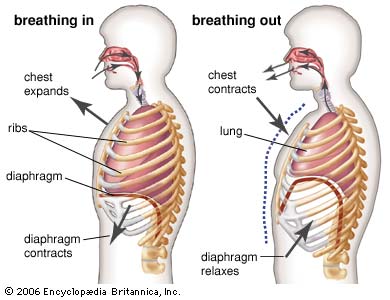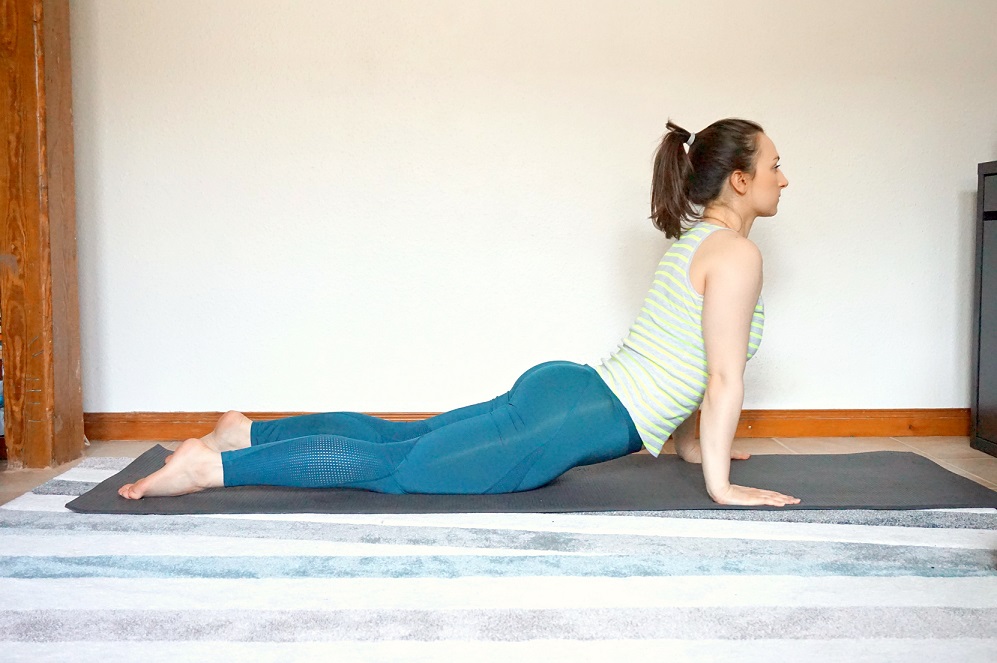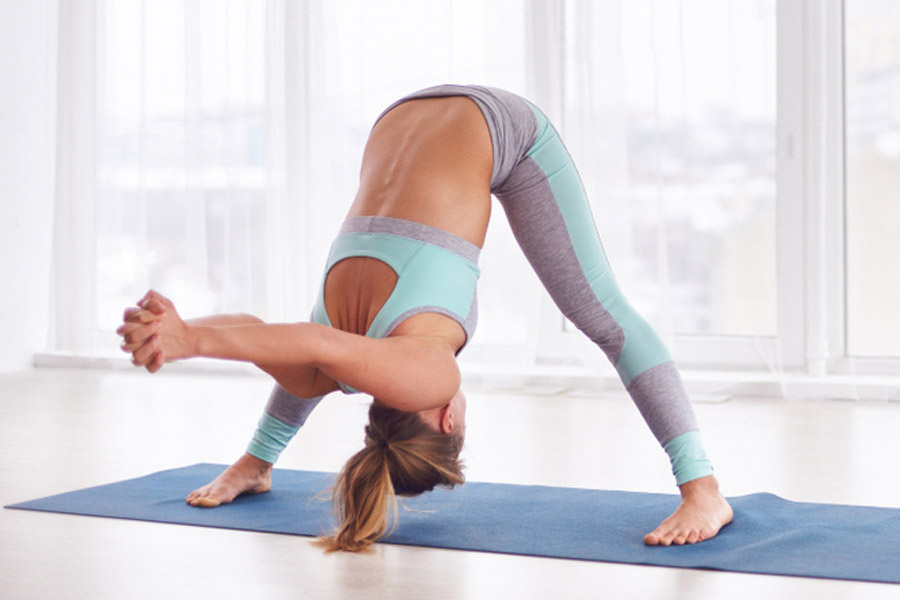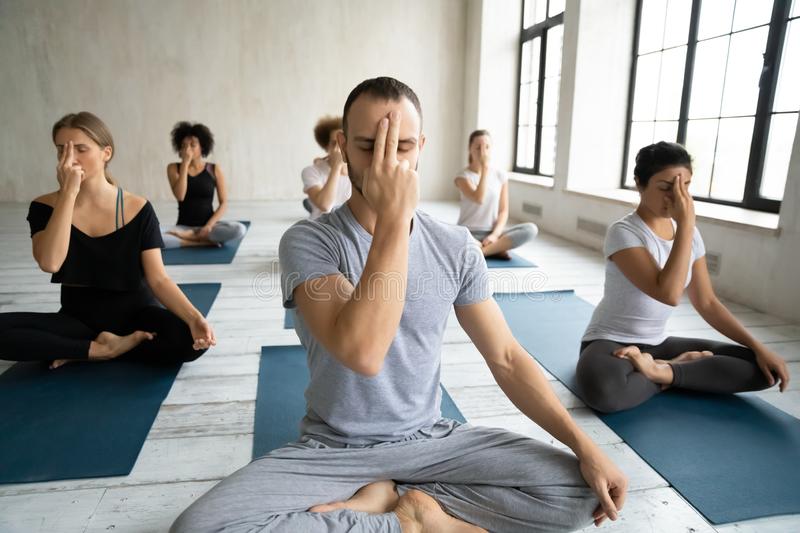
THE MAGNITUDE OF A GOOD POSTURE
Keeping a healthy posture during daily occupations not just helps to put a stop to waist, back and neck pain but helps out to avoid these issues from getting worse over time as well. “Studies have confirmed that optimization in posture cognizance are lengthwise tied in to the fact of easing patients pain/ ache particularly patients with pain located over shoulder and spinal region” Cited from Postural consciousness and the connections to soreness of Holger Cramer et la (2018).

WHAT A GOOD POSTURE IMPLIES?
Although we often think that posture has to do only with the position of the back in relation to the support of the head, actually posture is the position in which we support our body while standing, sitting or lying down. Good posture is the correct alignment of the body parts supported by correct breathing and muscle contraction that helps to keep the spine in line.


“State of the art rehab-science has pronounced according to the investigations that it’s noticed that breathing workout possesses a transcendent sway in the steadiness and the competence of move of the spine on patients with lumbar unsteadiness who have changed their breathing methods and in general body posture. In the face of the impact of breathing on mental and physical healthiness it is necessary to conduct continuous clinical research about breathing in patients with abundant persistent musculoskeletal conditions” Byoung Kwon Lee et la (2018).

Usually we do not worry about having a normal posture; this is the direct work of certain muscles that act without us having to think about it directly. Various muscle groups; mainly the postural muscles, they are critically important to maintain good posture.
While ligaments help to hold the skeleton together, these postural muscles, by working properly, prevent the forces of gravity from pulling us forward. Postural muscles keep up our balance during movement and posture as well.
“In the medical observation, convalescent individuals who experience long-standing back pain in general perform extra movements to make up to and hold up posture and equilibrium of the spine under outer loads. The countervailing gestures not just impair the waist area but the neck, shoulder and sternum zones as well. At the same time, the increase in contractility and muscle strength can reduce abdominal pain, and stabilize the function in daily life by improving trunk muscle strength and core muscles. The repercussion of the outcomes prove that the throughput of forced breathing practices for patients sustaining low back pain with the need of up and running enhancement and spinal steadiness i.e. they showed that this physical therapy can effectively improve trunk stability and occupation of daily living in chronic LBP patients, the stabilization therapy schedule was executed for about a month and a half for a period of 45 minutes thrice a week. ” Chul Ki et la (2016).

HOW CAN A PROPER POSTURE BE WORTHWHILE?
It initially helps us stand, walk, sit, and lie down in positions that put the least effort by supporting the muscles and ligaments during movement and weight-bearing activities. Proper posture gives us a hand in order to keep our joints and bones in the spot on alignment thereby our muscles perform correctly, reducing atypical wear and tear on joint surfaces that could ensue into degenerative arthritis and joint pain.

WHAT ARE THE IMPLICATIONS OF WRONG POSTURE?
Poor posture can lead to excessive tension in our postural muscles and can even cause them to relax, when they are held in certain positions for long periods of time the immediate result can be to develop intense back pain, the more the postural muscles weaken, the body will be more prone to get injured and back pain.
The most common factors that contribute to poor posture are weakness of postural muscles, overweight, stress, anxiety, gestation process, high-heeled footwear and irregularly tight muscles, as well as mistaken work posture.

CAN I AMELIORATE MY POSTURE?
Certainly yes, however, long-lasting postural problems will usually take longer to rectify as the joints have often adapted to your poor posture for a long time. The first step is to become aware of your own posture and to know which posture is correct. Once you have learned that you have poor posture, it is necessary to re-educate the brain to make it aware and be willing to involve a lot of practice in order to make a significant change. For these and many more reasons it is imperative to seek professional assistance like the one we feature at MY SPORT INJURY CLINIC IN MANCHESTER CITY which offers high –ends techniques and the guidance you need that will allow you to set you free of every ailment and impairment you’ve been suffering.
It is highly recommended to take a yoga class, any type is good because all yoga classes aim to motivate the body’s own function supported by breathing, each time this discipline is practiced, and this will be a reminder of the work that your body is able to return to a healthy posture.

HOW CAN YOGA HELP TO IMPROVE BREATHING? – IS PRANAYAMA BENEFICIAL?
Pranayama, or techniques for learning to breathe properly, has innumerable benefits:
- It increases lung capacity, so the lungs can get the air they need in fewer breaths, unlike people who cannot take deep breaths, and have complications derived from it.
- You have more stamina to perform physical efforts. Observe people who breathe badly. They get tired quickly with little effort, such as walking up stairs.
“After the implementations of pranayama yoga physical therapy sessions, solely reached a figure 33% of the evaluated individuals belonging to the experimental group met a high evidence of anxiety before evaluation, and this proportion was almost twice that of the checkpoint group obtaining 66.7%. Pranayama has an air of being a positive method on test performance and test anxiety, for both elite athletes and regular students.” Azadeh Nemati (2013).

- Generates tranquility and peace of mind. A slow and sufficient breathing is the natural state of the body, without tension, which also causes fatigue and mental fatigue.
- Revitalizes the body. After exercising, you regain a normal heart and breathing rate. For what is this? Because you need less air than you’ve been using. Therefore, if your lung capacity increases, you feel better and more willing to move, go out for a walk, do physical exercise, etc.
- Slow, deep breathing reduces the strain on the heart, which becomes more efficient and strong, works better, and lasts longer.
- In a moment of stress or anxiety, it manages to reduce it considerably and even eliminate it.
Another option is to consult a chiropractic practitioner / physical therapist / chiro clinician; they have spinal alignment techniques that can help you obtain the correct posture, including the recommendation of exercises to strengthen the main postural muscles. A chiropractic doctor can help you choose appropriate postures during your activities, helping to reduce any risk of injury.
“Given the moderate evidence from studies, it is indicated that chiropractic management for lower back pain is as effective as physical therapy. There was little evidence in which chiropractic treatment was compared with medical care and physiotherapies in which it is indicated that these approaches and management have the same conclusion, there was not an outstanding difference in terms of the results obtained after the treatment of different injuries sports” Marc-André Blanchette et la (2016).
Only few people have a real understanding of the importance and necessity of good posture. Thinking of involving time and effort in something that we consider we have earned and free as posture can be a mistake, because sooner or later the inevitable consequence of back pain will appear and the more damaged our body is, the more difficult it will be to restore it. If you already have a chronic back pain problem, seek professional assistance; attend to your nearest Health-Care Centre is the first step to take to allow you to get rid of your impairments / afflictions.
REFERENCES
- Stanos S, Mogilevsky M, Rader L, McLean J, Baum A. Physical medicine approaches to pain medicine. In: Smith HS, editor. Current therapy in pain. Philadelphia: Elsevier; 2009.
- Kauffman TL. Bolton MA: Posture. In: Kauffman TL, Scott RW, Barr JO, Moran ML, editors. A comprehensive guid to geriatric rehabilitation. 3. Edinburgh: Churchill Livingstone; 2014.
- Massion J. Postural control system. Curr Opin Neurobiol. 1994;4(6):877–887. doi: 10.1016/0959-4388(94)90137-6.
- Laskowski ER. Proprioception. Scient Princ Sports Rehab. 2000;11:323–340.
- Bradley H, Esformes J. Breathing pattern disorders and functional movement. Int J Sports Phys Ther. 2014; 9(1):28-39.
- Chaitow L, Bradley D, Gilbert C. Multidisciplinary approaches to breathing pattern disorders. New York. Churchill Livingstone. 2002.
- Comerford MJ, Mottram SL. Movement and stability dysfunction–contemporary developments. Man Ther. 2001;6(1):15-26.
- Stevens VK, Bouche KG, Mahieu NN, et al. : Trunk muscle activity in healthy subjects during bridging stabilization exercises. BMC Musculoskelet Disord, 2006, 7: 75.
- Akuthota V, Nadler SF: Core strengthening. Arch Phys Med Rehabil, 2004, 85: S86–S92.
- Hodges PW, Moseley GL: Pain and motor control of the lumbopelvic region: effect and possible mechanisms. J Electromyogr Kinesiol, 2003, 13: 361–370.
- Selami A, Yavuz F, Yesilyurt S. Sosyal Bilimler Dergisi. 2009:146–60.
- Spielberger CD. Manual for the state- trait anxiety inventory. Palo Alto, CA: Consulting Psychologist Press; 1983.
- Huberty TJ. Test and test performance. Principal performance. 2009.

